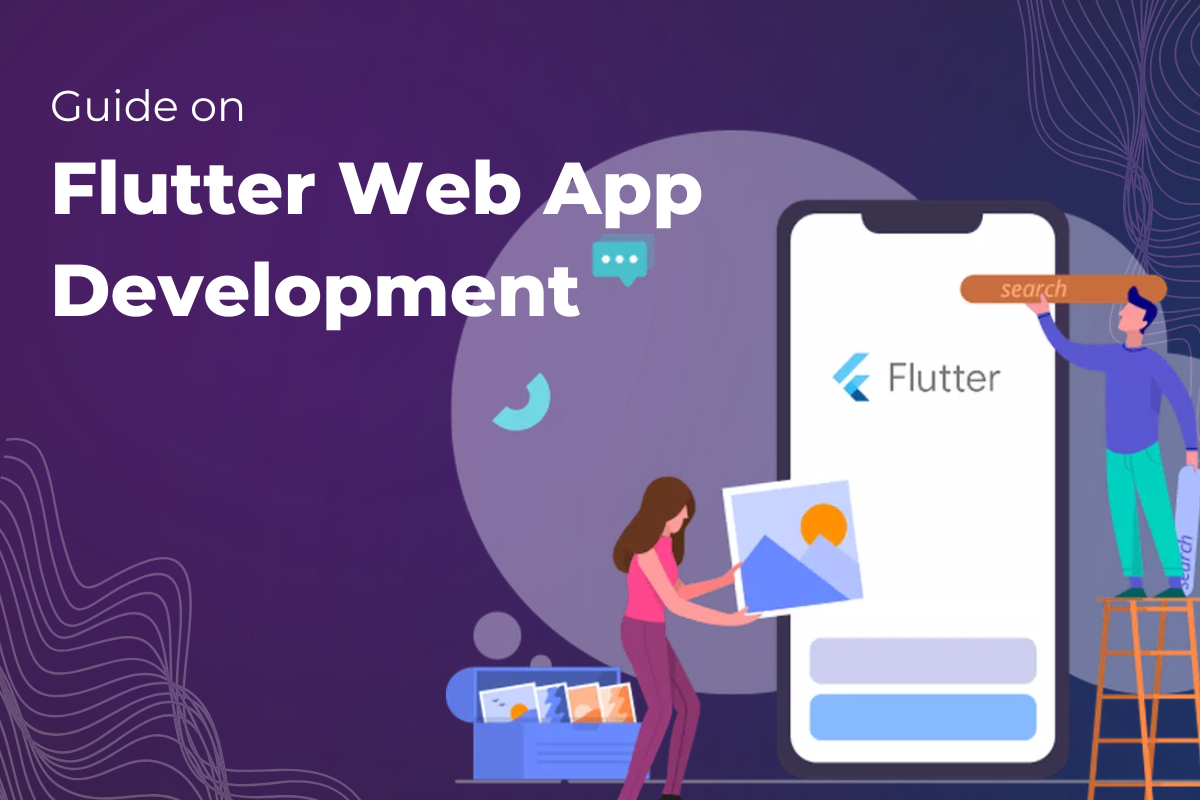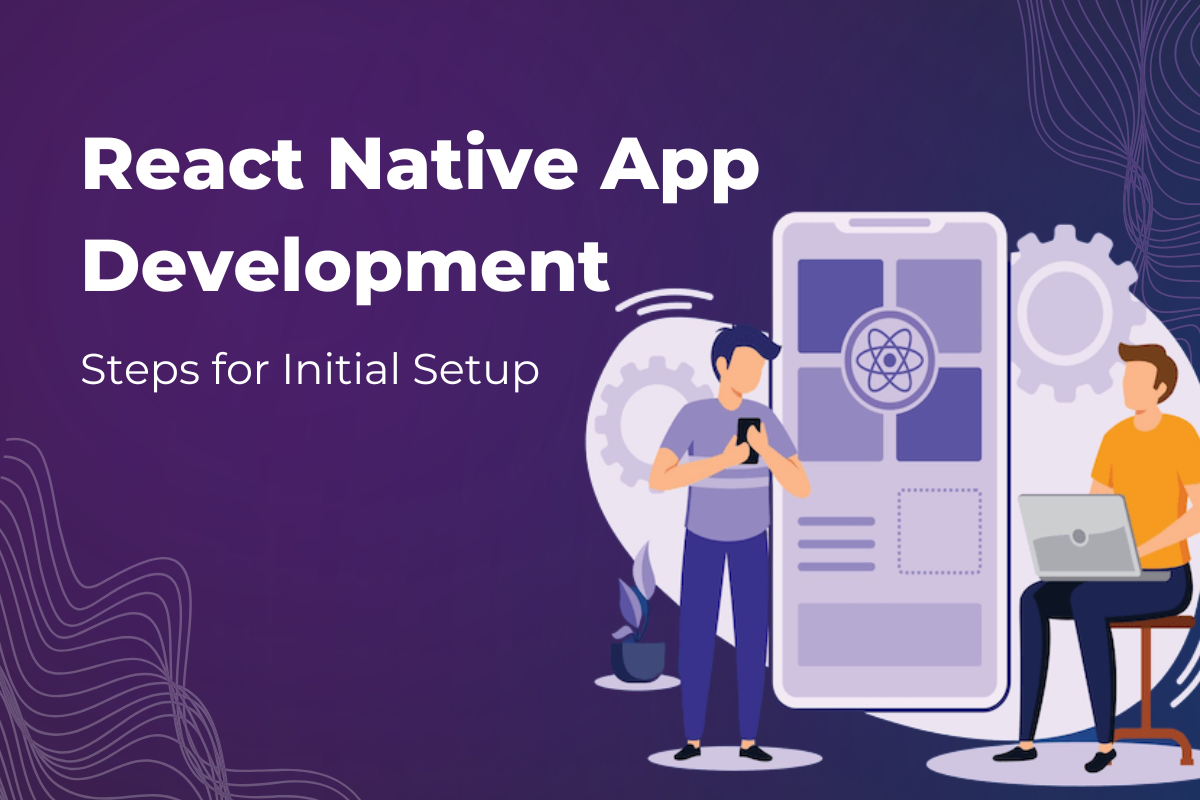Digitization of business is not a new thing now. You can find Millions of businesses over the internet. What actually changed is the way these businesses are representing themselves over the internet. Do you have content marketing goals?
An interesting read was later brought by Forbes. In one of their article, they speculated that over 80% of consumer research online before making any real purchase. This change revolutionizes how businesses started marketing their business.
All this starts when Bill Gates mentioned once, “Content is King”, and everything in the corporate world changed. A new marketing took birth and later became popular as “Content Marketing”.
In this post, I will be discussing it in detail. I mean really in-depth!!! So, buckle up as this post will be a long read (Promise I won’t make it boring at all!!!).
Let’s start with its meaning.
What Content Marketing Is?
I have gone way too far to find an exact meaning or definition per se, but haven’t found anything ironic. I mean definition close enough I found was on the internet was, “A marketing program which centers the creation, publication, and distribution of content for the target online audience”.
After an exhaustive fool’s errand, I decided that I will address this issue with my own approach. So, Content marketing growth is the branch of digital marketing which totally depends on content (as the name suggests). The only aim of such marketing is to engage the audience with the brand to make sure that the business highlights value to the audience. Content marketing focuses on the value-based campaign which has the potential to drive the customers not to only engage with your brand but also encourages them to be promoters.
In a nutshell, content marketing growth targets for these four components,
- Create Attractive content
- Then Engage with your audience
- To Persuade them to purchase
- Then turn them into Promoters
With these four simple ways, content marketing proves to be one of the strongest assets of marketing. Once you get familiarize with the content marketing aspect (which I will cover in this post), you will be able to distinguish all the major differences and avoid all the fool errands to promote your business.
So, before we go any further into the realm of content marketing, let’s understand some scenarios to grasp the aura of content marketing.
Scenario 1
You own a law firm which helps businesses and individuals to tackle law-related issues. This year, your business is lagging, so you decide to set up a blog and start sharing all the common law-related issues which any individual can face in their day-to-day life. You start with few posts a week and they start ranking on Google.
As people tend to search online, they found your post as the resource. Many of them learned things and moved on, but some of them with more serious problems will eventually start believing that your firm has the necessary expertise to handle such problems. They will turn to your firm for help resulting profit for your business.
Scenario 2
Imagine you are an owner of an agency who specializes in developing design solutions for other businesses. You're having trouble attracting customers, though, because keeping an agency on retainer seems like a luxury for a small business. So you decide to create some DIY design tools to help them, you know, DIY. You do some keyword research and notice about 2,000 people are searching for an "Infographics generator" every month, so you decide to build one that people can use for free once -- and if they like it, they can create more Infographics for free if they provide a name and email address.
You create a few sample Infographics and share them on social media so people see what the tool is capable of doing, and between that and the traffic coming from organic search, you start to get a few hundred people using it every month. A few of them like it so much they provide their name and email address so they can continue using it. Now that you have their contact information, you're able to identify some people that would be a good custom fit and keep in touch with them, nurturing them into customers.
Figure Out How to Go With Content Marketing
Content marketing requires manpower, so the first step is figuring out who is going to head up the program. There's no one-size-fits-all for team structure -- it depends largely on the size of your company, your marketing team, and your budget. But if we assume that those three things are interlinked, as they often are, I can provide you with some frameworks based off of other content marketing-focused companies' structures. These should help you hire the right people, and have them "sitting" in the right spot in your organization.
The proxy for content marketing growth in the following charts is "Attract", since content marketing is the top-of-the-funnel activity that attracts people to your business. "Convert" and "Close" refer to middle-of-the-funnel and bottom-of-the-funnel marketing activities, like email marketing, nurturing, sales enablement, marketing ops, conversion rate optimization, etc.
Ideal Approach for Creating Content
the manner of sin when it comes to creating content, but we can go over 1.) the types of content assets a content marketing team could be created to demonstrate the breadth of the opportunities available to the content marketing team, and 2.) who should be involved in creating those assets.
Blog Posts
Predictably, blog posts are typically written by the bloggers. However, if your team is large enough to have someone dedicated to creating gated assets and premium content -- things like ebooks and tools -- they should also write blog posts to help promote those assets. SEO specialists will also work closely with bloggers, as blog posts are often a company's best opportunity to improve organic search rankings. As such, bloggers should be writing posts that help improve the site's SEO, and drive organic traffic and leads. Their editorial should be informed by keyword research and optimized for SEO.
Types of Blog Posts to Write:
How-to - Posts that teach readers how to do something; these typically perform very well in organic search if they align with long-tail search terms.
List Posts - Curated examples that can be informative, and thus also rather search-friendly, or simply entertaining.
Thought Leadership - Posts that explain fundamental shifts in an industry, or ask the reader to rethink convention wisdom.
Newsjacks - Timely content that either report on industry news, or finds unexpected tie-ins with popular news items.
Infographics/SlideShares - Blog posts that primarily use visual content to tell a story.
Premium or Gated Assets
Premium or gated assets are typically longer forms, and/or more time-intensive pieces that don't exist on a blog. They might be used to generate leads or contacts, or for brand-building purposes. These are typically created by the dedicated long-form content creator if your team is large enough to have one, but sometimes bloggers get involved too, as blog posts are good testing grounds for what performs well and are thus worth investing in.
Types of Premium Assets to Create:
Ebooks - An incredibly popular format, typically presented as a PDF and redeemed behind a form.
Research Reports - Often presented as a gated PDF or an ungated microsite.
Webinars - Though time-intensive, webinars may feature a guest speaker who brings his or her own audience, which can help broaden the top of the funnel. Recorded versions of webinars can live behind a landing page to extend their lifespan.
Tools & Templates - Because they're extremely utilitarian in nature, tools and templates often prove to be incredible for the long-term lead generation despite the upfront resource-investment required.
Visual Content
Regardless of team size, it's common for visual content to be created by nearly everyone except, perhaps, the SEO specialist. While designers will do the bulk of the advanced creative work, bloggers, content creators, and social media managers will all get involved in the lighter-weight design. Often, designers will also create templates for the writers on the team so they can be more independent -- like creating ebook templates so premium content can be laid out by just about anyone with an InDesign license.
Types of Visual Content to Create:
Infographics - These can be embedded in blog posts, and shared on social media.
SlideShares - Some social media managers focus a lot of energy on SlideShare as a channel, and create content exclusively for it.
Video - Whether for YouTube or a blog post embed, short videos for the sake of entertainment or education can help you diversify your content portfolio and improve your SEO.
As your content marketing team grows, who creates what content becomes more specialized. But even as the largest team size, a lot of overlap exists between each role, and if it becomes less pronounced in the creation of the content, the opposite is true when it comes to distribution of the content.
Measuring Your Content Marketing
There are a host of metrics to look at when you have a robust analytics solution, but having too many goals to live up to tends to result in prioritization difficulties. I recommend content marketing teams have 2-3 metrics they measure, and perhaps some secondary metrics each sub-team can measure to help understand when there are different levers to pull. Here are my recommendations:
Content Marketing Team
Team-wide, the content marketing team should be focused on site traffic and leads. Leads because they are a top-of-the-funnel metric that can be tied to revenue, and traffic because more visitors mean more conversion opportunities.
Blog
As a major part of any website, and as an asset that lends itself to being a traffic lever, I recommend new blogs measure themselves on traffic and subscribers. As a blog matures and has grown traffic at a predictable rate, fold in a lead generation goal.
Gated Assets
As the assets that were created to generate leads, measure, well, the leads generated per offer. If you're in a very sales-focused company, opportunities influenced are another strong metric.
Social Media
Because the reach of a social network is so critical to the strength of social as a content distribution channel, measure the number of followers/fans on each of your most important social networks.
Do you like it?
Let me know your thoughts on content marketing and the tenets I mentioned in the post.
Did I miss something? Why don’t you remind me over the comments section? Adios till then fellas!!!



